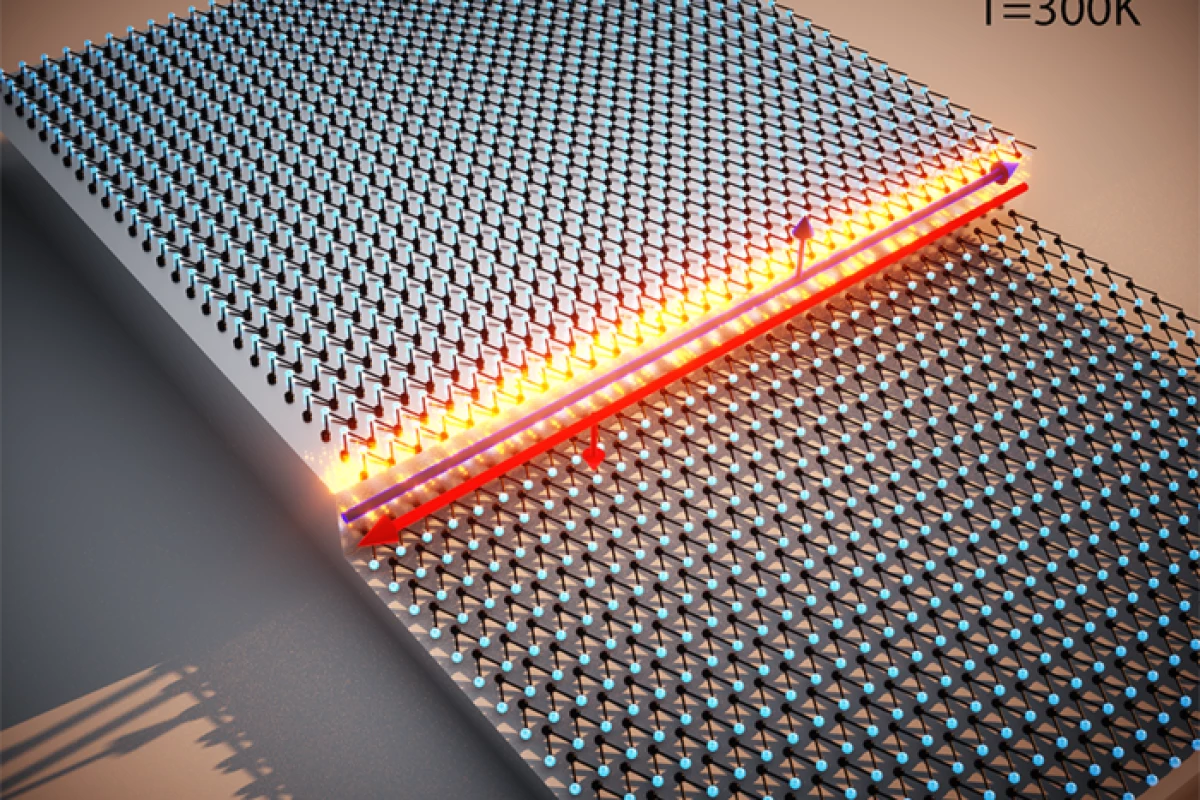Many quantum effects can only be produced at extremely cold temperatures, which limits how useful they would be in real-world settings. Now, researchers at Princeton have demonstrated a strange quantum state taking place in a material at room temperature.
A topological insulator is a material with a structure that conducts electrons in a unique way. The bulk of the material is an insulator, completely preventing the flow of electrons through it. However, thin layers at its surface and along its edges are highly conductive, allowing electrons to flow freely at high efficiencies. Given these weird properties, topological insulators can host some intriguing quantum states that could be useful for building future quantum technologies.
But of course there’s a catch: most quantum states are extremely fragile, collapsing in the face of interference. Heat, or thermal noise, is a major trigger – when materials get warmer, the atoms in them vibrate at higher energies, which disrupts the quantum state. As such, most experiments and technologies that make use of quantum effects need to be done at temperatures close to absolute zero, where the movements of atoms slows right down. But that in turn makes these technologies impractical for wider use.
In the new study, the Princeton researchers found a way around this, observing quantum effects in a topological insulator at room temperature. Their material of choice was an inorganic crystalline compound known as bismuth bromide.
This material was found to have just the right band gap, an insulating “barrier” where electrons cannot exist with certain energy levels. This band gap needs to be wide enough to protect against thermal noise, but not so wide that it disrupts the electrons’ spin-orbit coupling effect, which is vital for keeping them stable. Bismuth bromide was found to have a band gap of over 200 milli electron volts, right in the “sweet spot” to keep the quantum state stable at room temperature.
The team confirmed their finding by observing what’s called a quantum spin hall edge state, a property that’s unique to these topological systems. The researchers say that this breakthrough will be useful in advancing quantum technologies like spintronics, the emerging field that encodes data in the spins of electrons at higher efficiency than current electronics.
“This is just terrific that we found them without giant pressure or an ultra-high magnetic field, thus making the materials more accessible for developing next-generation quantum technology,” said Nana Shumiya, co-first author of the study. “I believe our discovery will significantly advance the quantum frontier.”
The research was published in the journal Nature Materials.
Source: Princeton University




